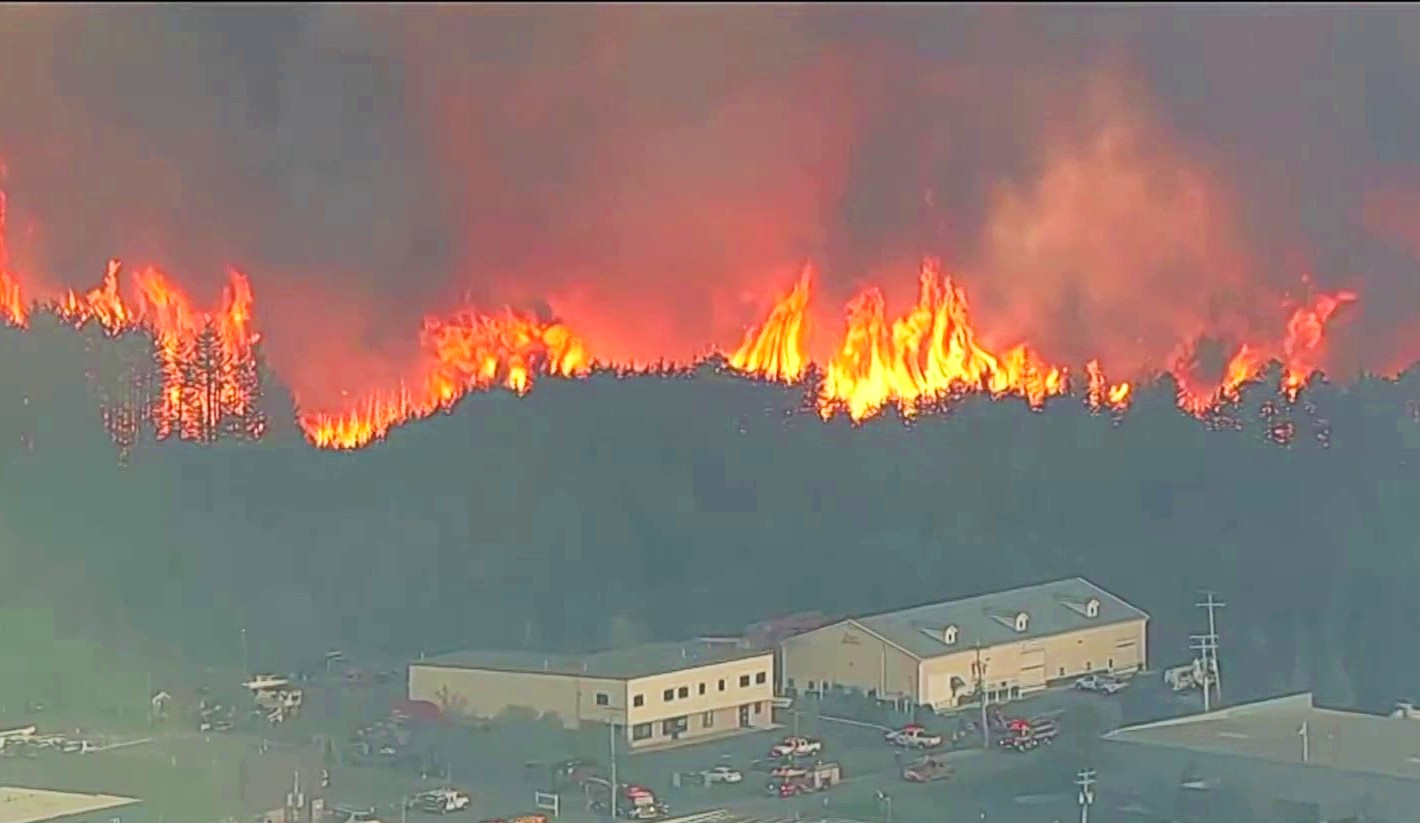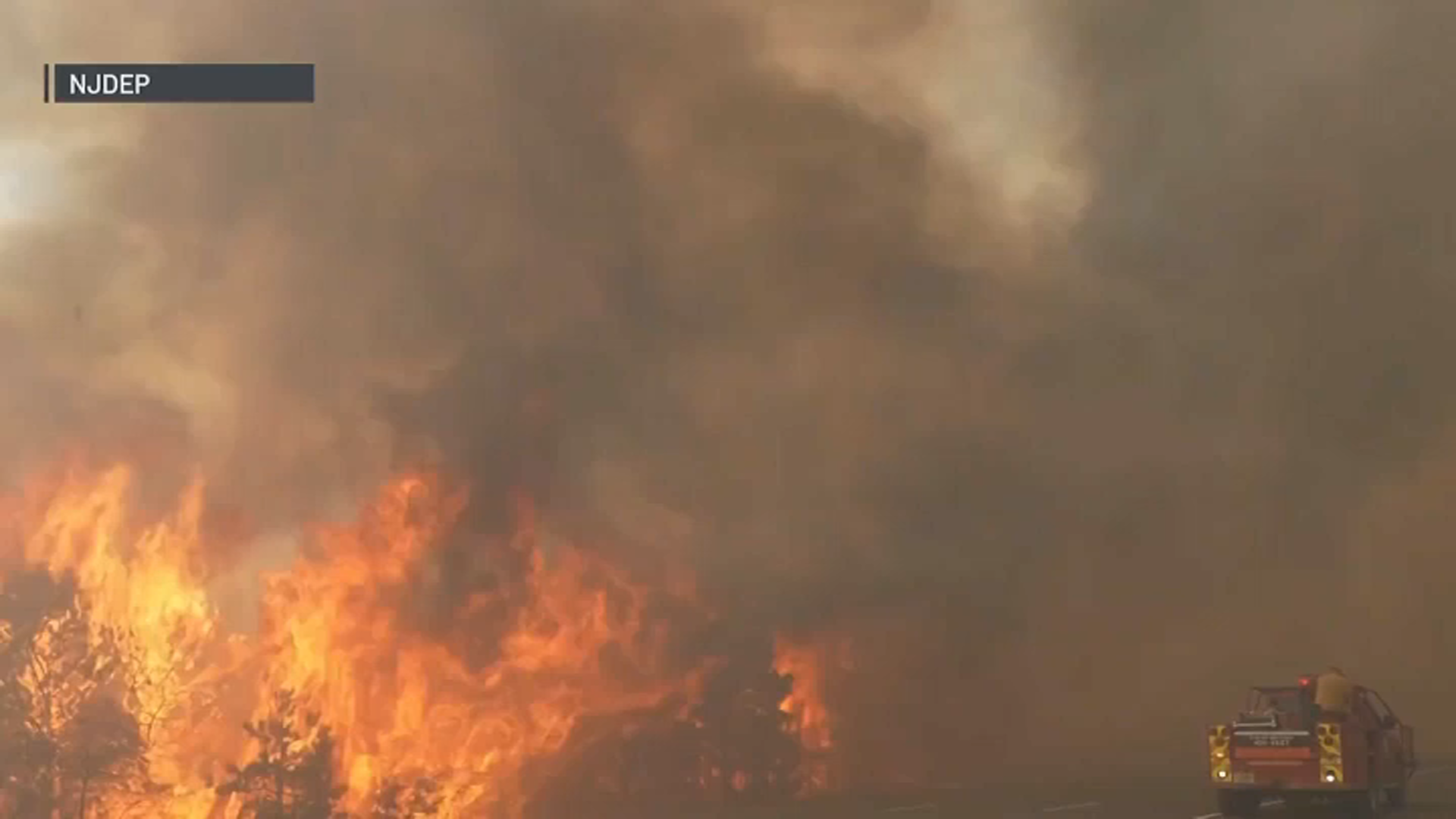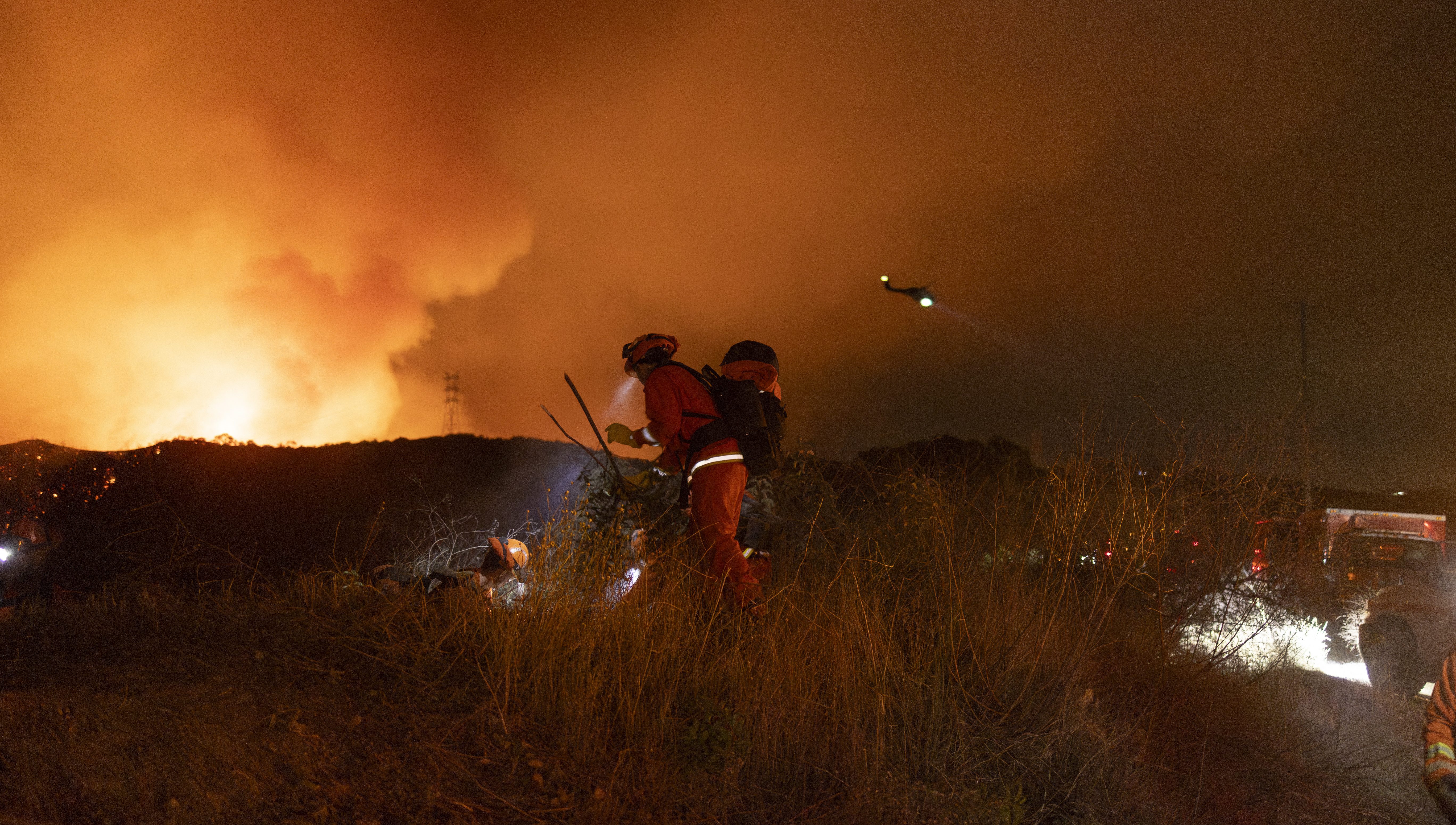NJ Wildfire: Check Your Air Quality & Stay Safe!
NJ Wildfire Smoke: Breathe Easy with Real-Time Air Quality Checks
Understanding the Air We Breathe: Wildfires and Your Health
A wildfire is currently raging through New Jersey's Pine Barrens, consuming a vast swathe of land. As of Wednesday afternoon, it had already devoured 12,000 acres and was only 35% contained, according to official sources. This is a serious situation, and while firefighters are working tirelessly to control the blaze, the smoke it generates can have a direct impact on our health. But how can you stay informed and protect yourself and your loved ones?
That's where understanding and monitoring your local air quality comes in. Staying informed about air quality can help you make smart decisions about outdoor activities, especially if you're in a sensitive group. Let's dive into how you can check your local air quality and what those readings actually mean.
Air Quality Alert in Effect: What You Need to Know
As of Wednesday, an Air Quality Alert has been issued for Ocean County, which is near the location of the fire. Air quality in this area is projected to become unhealthy for sensitive groups. But why only Ocean County? Well, current wind patterns are playing a significant role. The winds are generally light and blowing from the northwest. This means that the majority of the smoke is being directed south and east, primarily offshore and south of the NYC Metro Area.
Even if you’re not in Ocean County, it’s still wise to stay informed, as conditions can change rapidly depending on wind direction and the fire's intensity. No one wants to be caught off guard by unexpected smoke.
Checking Your Local Air Quality: A Step-by-Step Guide
The good news is, checking your local air quality is incredibly easy! The Environmental Protection Agency (EPA) provides a fantastic resource called AirNow.gov. It’s your one-stop shop for real-time air quality information across the United States.
Using AirNow.gov
To check your local air quality, simply visit the AirNow.gov website and enter your zip code in the designated search bar. Think of it like entering your address into Google Maps, but instead of directions, you get information about the air you're breathing!
Interpreting the Air Quality Dial
Once you enter your zip code, a dial will appear to the right of the search bar. This dial visually represents the air quality in your area. But what do those colors and numbers actually mean?
Decoding the Air Quality Index (AQI): What the Colors Mean
The Air Quality Index (AQI) uses a color-coded system to represent different levels of air pollution. It's like a weather forecast, but for air quality. Understanding the colors can help you quickly assess the risk and take appropriate precautions.
Green (0-50): Good
When the dial is green, the air quality is considered good. This means that air pollution poses little or no risk. You can breathe easy and enjoy your outdoor activities without worrying about adverse health effects. This is what we all strive for!
Yellow (51-100): Moderate
A yellow dial indicates moderate air quality. While the air is generally acceptable, there may be some concern for people who are unusually sensitive to air pollution. If you have asthma, lung disease, or are an older adult or child, you might experience some mild symptoms. Consider reducing prolonged or heavy outdoor exertion.
Orange (101-150): Unhealthy for Sensitive Groups
The orange zone signals that air quality is unhealthy for sensitive groups. This includes children, older adults, and individuals with respiratory or heart conditions. These groups should reduce prolonged or heavy outdoor exertion. Even healthy adults might experience some symptoms. It's a good time to take it easy and limit your time outdoors.
Red (151-200): Unhealthy
When the dial turns red, the air quality is considered unhealthy for everyone. Everyone may begin to experience some adverse health effects, and sensitive groups will experience more serious effects. It's recommended that you avoid prolonged or heavy outdoor exertion and consider moving activities indoors. This is a serious warning sign!
Purple (201-300): Very Unhealthy
The purple zone indicates very unhealthy air quality. This is a concerning level of pollution that can cause significant health effects for everyone. People should avoid all outdoor exertion and remain indoors as much as possible. This is a time to prioritize your health and stay informed about updates from local authorities.
Maroon (301-500): Hazardous
Maroon is the highest and most dangerous level on the AQI. It signifies hazardous air quality, posing a serious health risk to the entire population. Everyone should remain indoors and avoid all physical activity. If you experience any serious health symptoms, seek medical attention immediately. This is an emergency situation.
What Pollutants Are Measured? Understanding the Culprits
The AQI measures five major air pollutants regulated by the Clean Air Act:
- Ground-level ozone: A gas created by chemical reactions between oxides of nitrogen (NOx) and volatile organic compounds (VOC).
- Particle pollution (PM2.5 and PM10): Tiny particles in the air that can be inhaled into the lungs. Wildfires are a major source of PM2.5.
- Carbon monoxide: A colorless, odorless gas produced by incomplete combustion.
- Sulfur dioxide: A gas released from burning fossil fuels.
- Nitrogen dioxide: A gas emitted from burning fuel.
During wildfires, particle pollution (especially PM2.5) is the primary concern due to the smoke being released into the air.
Protecting Yourself from Wildfire Smoke: Practical Tips
Knowing how to check the air quality is only half the battle. You also need to know how to protect yourself and your family from the harmful effects of wildfire smoke.
Stay Indoors: Your First Line of Defense
The best way to protect yourself from wildfire smoke is to stay indoors as much as possible. Close windows and doors to prevent smoke from entering your home.
Use Air Purifiers: Filtering the Air
If you have an air purifier, use it! Make sure it has a HEPA filter, which can effectively remove fine particles like those found in wildfire smoke. Change the filter regularly to maintain its effectiveness.
Create a Clean Air Room: A Safe Haven
If you don't have a whole-house air purifier, consider creating a "clean air room." Choose a room with few windows and doors, and seal any cracks or gaps with tape. Use a portable air purifier in this room and spend most of your time there when air quality is poor.
Wear a Mask: Protection on the Go
If you absolutely must go outside when air quality is poor, wear an N95 respirator mask. These masks can filter out most of the harmful particles in wildfire smoke. However, they need to be properly fitted to be effective. Ordinary surgical masks or cloth masks will not provide adequate protection.
Limit Outdoor Activities: Take it Easy
Reduce or avoid strenuous outdoor activities when air quality is poor. Even healthy adults can experience symptoms like coughing, wheezing, and shortness of breath when exposed to high levels of wildfire smoke.
Stay Hydrated: Drink Plenty of Water
Drinking plenty of water can help keep your airways moist and reduce irritation from smoke. It's also important to stay cool, as heat can exacerbate the effects of air pollution.
Staying Informed: Reliable Sources for Air Quality Updates
In addition to AirNow.gov, there are several other reliable sources you can use to stay informed about air quality updates:
- Local news websites and television stations: They often provide real-time air quality updates and health advisories.
- The EPA's AirNow app: A convenient way to check air quality on your smartphone.
- Your local health department: They may issue alerts and recommendations during periods of poor air quality.
Long-Term Health Impacts of Wildfire Smoke: A Serious Concern
While the immediate symptoms of wildfire smoke exposure are concerning, there are also potential long-term health impacts to consider. Repeated exposure to wildfire smoke can increase the risk of respiratory illnesses, heart disease, and even cancer. Children and individuals with pre-existing conditions are particularly vulnerable. That's why it's crucial to take steps to protect yourself from wildfire smoke, even if you don't live near the fire.
Beyond Air Quality: Supporting Firefighters and Affected Communities
While protecting your own health is important, it's also essential to remember the firefighters who are battling the blaze and the communities that are being affected by the wildfire. Consider donating to organizations that are providing relief to firefighters and victims of the fire. Every little bit helps!
Conclusion: Breathe Easier by Staying Informed
The New Jersey wildfire is a stark reminder of the power of nature and the importance of being prepared. By understanding how to check your local air quality and taking steps to protect yourself from wildfire smoke, you can breathe easier and safeguard your health. Remember, knowledge is power! Stay informed, stay safe, and support those who are working to contain the fire and help affected communities.
Frequently Asked Questions
- How often should I check the air quality during a wildfire?
Check the air quality at least once a day, or more frequently if you are in a sensitive group or live near the fire. Conditions can change rapidly, so it's best to stay updated. - Can I use a window fan to improve air quality indoors?
No, using a window fan can actually draw more smoke into your home. It's best to keep windows and doors closed and use an air purifier with a HEPA filter if available. - Are certain types of N95 masks better for wildfire smoke?
Any N95 mask that is NIOSH-approved will provide adequate protection from wildfire smoke particles. Ensure the mask fits snugly and forms a tight seal around your nose and mouth. - I don't have an air purifier. What else can I do to improve indoor air quality?
If you don't have an air purifier, close windows and doors, seal any cracks or gaps, and avoid activities that generate indoor air pollution, such as cooking or burning candles. - How long does wildfire smoke typically affect air quality?
The duration of poor air quality due to wildfire smoke depends on several factors, including the size and intensity of the fire, wind patterns, and weather conditions. It can last for a few days to several weeks.


